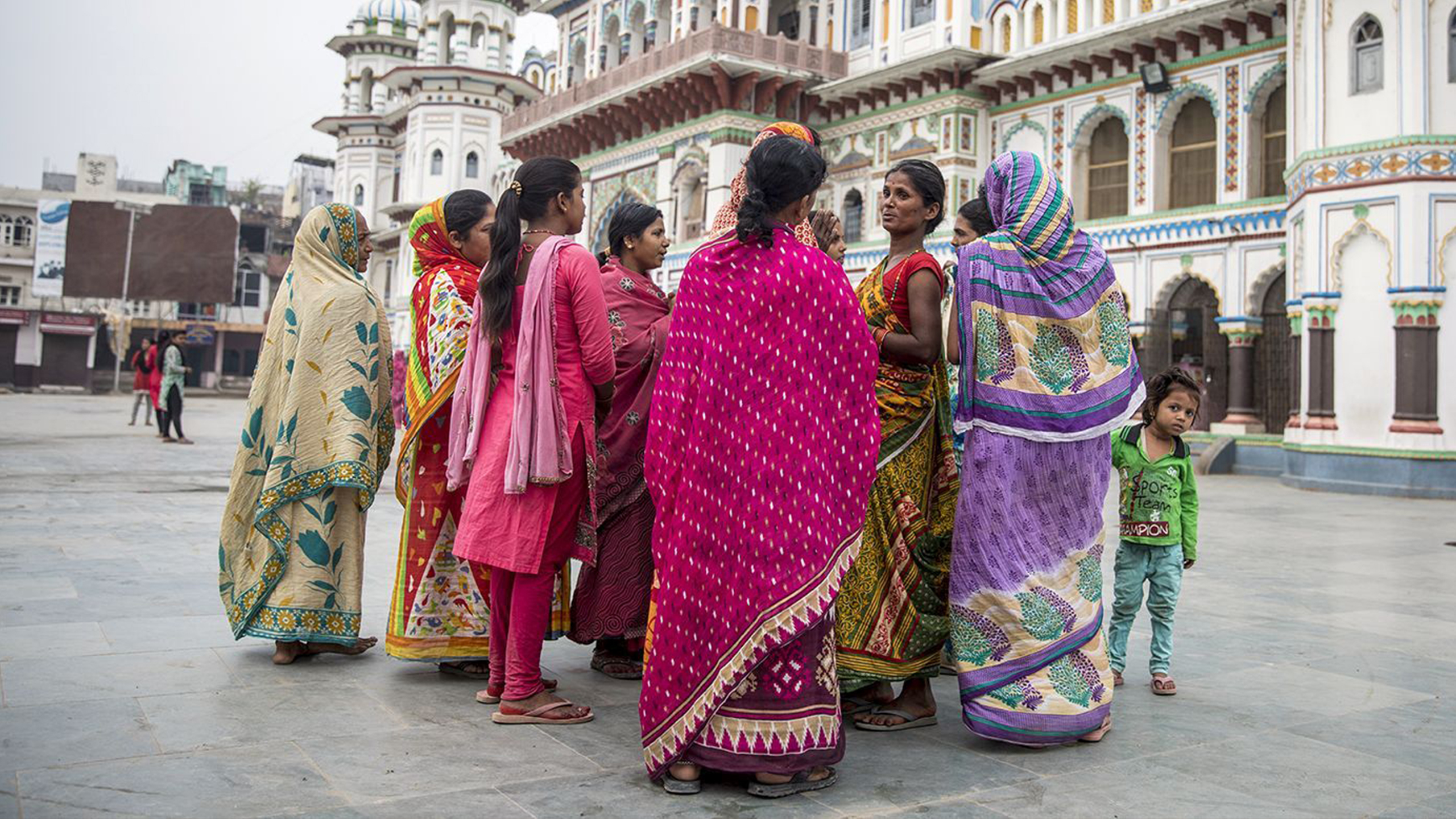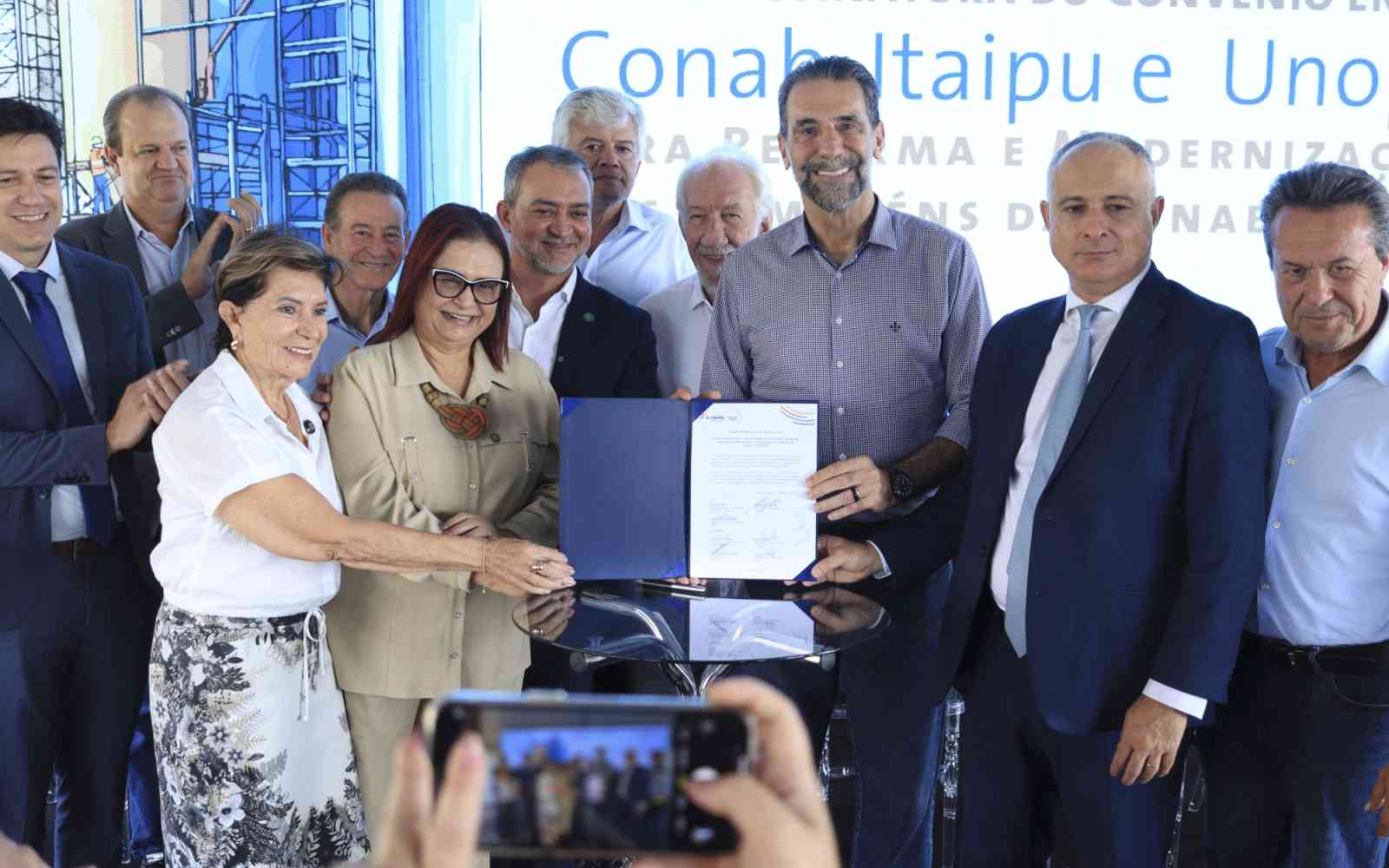The United Nations Office for Project Services (UNOPS)

To build equal cities, we need equal voices
Women are speaking up about the shortcomings of city infrastructure. It’s time we listen.
- Photo: ©Cities Alliance
Cities have a historic design flaw: too often, they’ve been built by men, for men. And it’s something that continues to impact women and girls today.
Dark roads. Overcrowded public transport – or none at all. Sprawling, poorly connected cityscapes. Women are inheriting infrastructure that hasn’t integrated their needs, nor taken differences in risks, social roles and cultural norms into consideration.
In this Insights vodcast, Giulia Maci chats to us about how we can create more equal cities – that work for everyone.
The infrastructure designed to connect us and help society function, is limiting women.
We’re at a critical moment: Cities are growing. By 2030, 60 per cent of the world’s population will live in urban areas. Investment in infrastructure that is truly inclusive – that takes all needs into account – can not only improve and protect the lives and livelihoods of women and girls, but help dismantle inequalities at large.
Take public spaces as an example. These are areas where people meet, relax, play sport, interact, but they’re also often the site for social and political movements. By investing in vibrant, well-lit, accessible public spaces we can increase women’s social and political participation by providing an equal opportunity for everyone to feel safe, to take part in community activities and to raise their voice on the issues that matter to them.
Experiencing cities – together
To build more inclusive cities we need to first understand the challenges. And to understand the challenges we need to give women and girls the chance to meaningfully share how they experience their environment – in their own words and their own language.
The ‘Urban Assessment Framework through a Gender Lens’ has been designed to help with this. Built on a participatory approach to urban planning, the Cities Alliance framework gathers a series of tried and tested tools, methods and guidance that can help us better understand the realities and challenges faced by women – data that helps us see our cities through their eyes.
A women-led walk, for instance, provides urban planners and designers with the opportunity to experience a neighbourhood with those that actually live there. In workshops, women are encouraged to use drawings, videos, photos and maps to visually show organizers their day-to-day routines: Where they walk, where they work, where they shop. Safety audits – where women from across a neighbourhood meet in a public space like a market or park – use checklists to help participants identify where and why they feel safe – and where they don’t.
In Liberia, women from three informal settlements in the cities of Monrovia and Parnesville took part in activities just like these. A common challenge was identified: Access to water. By experiencing how infrastructure was being used – directly from those using it – we could better tailor our work to the needs on the ground. Today, Cities Alliance is building water and sanitation facilities in key locations across the communities – something that will not only help improve health outcomes but also give women more time to pursue economic and social activities by reducing the burden of water collection.
Equal voices, equal access
Engaging some women isn’t enough. For participatory approaches to work, we need to create environments that are accessible to all women. Age, employment, caste, ethnicity, religion, socio-economic status, postal code: These too must be taken into account.
As does logistics. Workshop venues need to be accessible and childcare services and breastfeeding spaces should be considered. It’d be ironic to host a meeting on the limitations of urban infrastructure, if the infrastructure itself limited a woman’s accessibility to join the meeting.
Tapping into social and traditional media can also ensure women’s voices are heard, even if meeting in person isn’t possible. In The Gambia – in the midst of the COVID-19 pandemic – we did just this, engaging a local radio show targeting women to raise awareness on an upcoming urban planning project.
To be more inclusive, we need to be creative in our approach – championing participatory engagement that breaks down barriers and amplifies marginalized voices. And then, we need to apply what we’ve learned to build cities that promote equal access and opportunities for all.
Giulia Maci
Giulia is an urban planner specialized in gender-sensitive city development, youth engagement and community-based action planning, with experience in over 20 countries across Africa, Asia, Europe and Latin America. She works as an urban specialist at the Cities Alliance Secretariat in Brussels, coordinating the Cities for Women Global Programme. Prior to this, she worked at the European Think Tanks Group focusing on territorial and urban policies. Giulia has also worked at COWI and the International Federation for Housing and Planning.
Cities Alliance
Cities Alliance is the global partnership fighting urban poverty and supporting cities to deliver sustainable development. Hosted by UNOPS, the organization has 23 members including multilateral institutions, UN agencies, governments, non-government organizations, local governments and city networks. Cities Alliance's core topics of work include economic growth, gender equality, migration, climate resilience and innovation, with a focus on informality.














